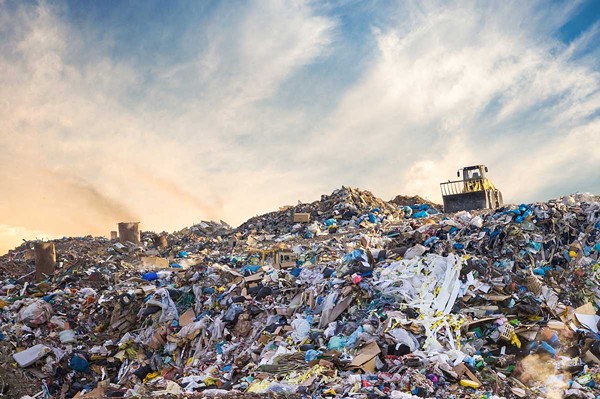The Environmental Protection Agency is investigating underreported methane emissions from landfills nationwide, and a recent report names Michigan as a major offender.
Methane is a potent greenhouse gas and a key focus in combating climate change. Experts warn methane emissions are spiraling out of control as they leak from landfills.
The advocacy group Industrious Labs reports Michigan landfills emit enough methane to equal 11 million metric tons of carbon dioxide, resulting in more waste per capita than any other state.
Kathrine Blauvelt, circular economy campaign director for Industrious Labs, highlighted the issue.
“Your landfills take in a lot of waste from out of state,” Blauvelt pointed out. “You also have one of the lowest recycling rates in the nation. So, that brings Michigan to the place of being sixth in the whole country in the highest landfill methane emissions.”
Blauvelt noted the good news is, the EPA and Gov. Gretchen Whitmer hold the pen to introduce tougher requirements for methane emissions standards, particularly with the clean energy legislation signed into law last year in Michigan.
Blauvelt said the EPA looked at dozens of inspection reports, which revealed a large amount of unchecked methane emissions at landfills in Michigan. She warned the situation is likely to be even worse than the numbers currently indicate, due to the emergence of what she calls “methane super-emitter events.”
“That’s your really, really large — you can see it from space, you can see it from air — emissions of methane,” Blauvelt explained. “Those are now being detected across the globe by technology.”
Blauvelt also mentioned the EPA only requires landfills to conduct methane leak inspections four times a year, using what she described as inadequate methods.
“They have a human being do it, walking across, you can imagine, many, many miles,” Blauvelt observed. “It could hot, right? That can be dangerous for the person to walk a landfill. So, it’s not surprising that landfills are missing these big methane leaks.”
She argued employing drones, satellites, and other technology would help to safely and more accurately locate methane leaks.


